Best Cities for Every Life Stage
Some cities are better suited to mid-career workers than to retirees, and some appeal to recent grads more than to families.
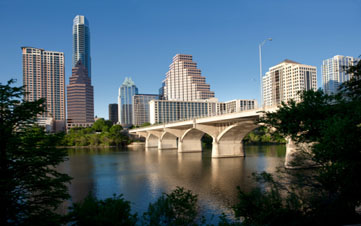
Some cities are better suited to mid-career workers than to retirees, and some appeal to recent grads more than to families. That\'s why we picked five great cities for each of five different age groups -- young adults, mid-career professionals, families, second acts and retirees.
All of the cities on our list have reasonable living costs, strong employment growth and a population that scores high on measures of education, tech-savviness and tolerance. We sorted them further by using criteria tailored to each of our categories. For instance, we factored in rental cost for young adults; commute times for professionals; school quality for families; the arts and number of restaurants for second acts; and, for retirees, climate and number of doctors.
To identify the winners, Kiplinger teamed up with Kevin Stolarick, research director at the Martin Prosperity Institute, a think tank that studies economic prosperity. The cost-of-living index measures how expensive it is to live in a city; the national average score is 100. That means cities with a score below 100 have a lower-than-average cost of living. Nationwide, the median price of an existing single-family home is $157,000, the average rent for a one-bedroom apartment is $959, median income is $43,024 and median income growth from 2006 to 2011 was 11.1%. The national unemployment rate is 8.2%.
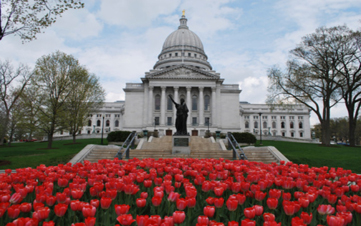
Best City for Young Adults: #1 Madison, Wis.
Population (metro area): 568,593
Unemployment rate: 4.9%
Cost-of-living index: 108.2
Median household income: $58,775
Average rent (one-bedroom apartment): $849
Let\'s skip the Cheesehead and cowpie references. Madison is an educated, tech-savvy city, filled with recent grads who have enough energy to launch a dozen start-ups and still have time to check out that brewpub down the block.
With the University of Wisconsin\'s flagship campus front and center, there\'s no shortage of smart people in town. Engineers, computer programmers and other eggheads work in academia or for Epic Systems, a health care software developer. An entrepreneurial community fosters homegrown start-ups.
Young adults complain of a competitive rental market, where it\'s tough to find a centrally located two-bedroom flat for less than $1,000 a month. But there\'s plenty to keep your mind off high rents in this midsize midwestern city. On a typical Saturday, you might browse the Dane County Farmers\' Market, head down to Camp Randall Stadium to tailgate and watch Badgers football, or boat or fish in lakes Kegonsa, Mendota, Monona and Waubesa.
SEE OUR COMPLETE LIST: Best Cities for Young Adults
YOUR TAKE: Share your favorite photos and tell us why you love your city.
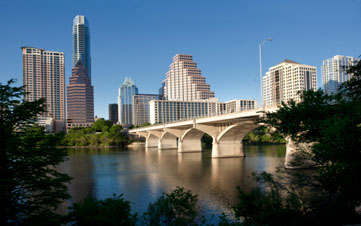
Best City for Young Adults: Austin, Tex. (Runner-Up)
Population (metro area): 1,716,289
Unemployment rate: 5.8%
Cost-of-living index: 90.6
Median household income: $57,109
Average rent (one-bedroom apartment): $810
The coolest city in Texas offers everything a young adult could ask for, including patio bars, taco joints, running trails, kayaking, margaritas, barbeque, live music into the night and the chilly waters of Barton Springs\' pool to clear the head in the morning.
Better yet, Austin has jobs, in youth-friendly industries such as digital media, game development, music, film and tech. PayPal, Facebook and eBay are among the companies hiring, says Nathan Green of campus2careers.com, a job site for recent grads. Yodle, an online marketer, expects to hire 40 new grads a month through 2012.
Alas, you\'ll pay at least $1,500 a month for a small one-bedroom in downtown Austin, says Jim Reich of austincool.com, an apartment locator. Instead, go south of Oltorf Street, where the one-bedrooms start at $725 and downtown is just a few minutes away.
SEE OUR COMPLETE LIST: Best Cities for Young Adults
YOUR TAKE: Share your favorite photos and tell us why you love your city.
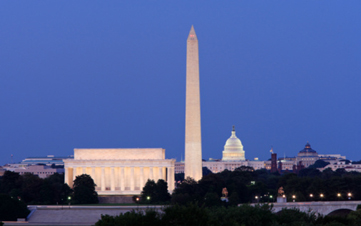
Best City for Mid-Career Professionals: #1 Washington, D.C.
Population (metro area): 5,582,170
Unemployment rate: 5.3%
Cost-of-living index: 136.3
Median household income: $84,424
Income growth (2006-11): 15.8%
The nation\'s capital boasts diversity -- from job sectors to arts and culture -- which means it\'s easy to find your niche. Don\'t peg greater Washington as just a government hub; D.C.\'s biggest growth area is professional services, such as consulting companies and defense contractors. Biotech rules in the Maryland suburbs, and in the area stretching from Baltimore to the District, cyber-security jobs are growing.
While many come for the jobs, they stay for the quality of life. Check out the free Smithsonian museums, concerts hosted by embassies or the pro sports games. Neighborhoods range from leafy suburbs to trendy downtown areas with an eclectic mix of eateries, shopping and bars -- but housing costs are high downtown and in the close-in suburbs. Prices for a two-bedroom/two-bath condo in happening neighborhoods (D.C.\'s Logan Circle and Arlington\'s Clarendon, for example) start at about $600,000. Move off the Metro line and for $500,000 to $600,000 you can find a three-bedroom single-family home.
SEE OUR COMPLETE LIST: Best Cities for Mid-Career Professionals
YOUR TAKE: Share your favorite photos and tell us why you love your city.
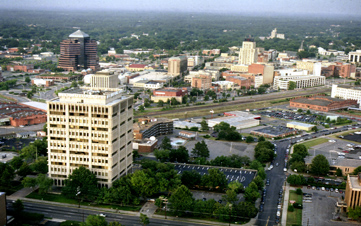
Best City for Mid-Career Professionals: Durham, N.C. (Runner-Up)
Population (metro area): 504,375
Unemployment rate: 7.4%
Cost-of-living index: 103.4
Median household income: $50,106
Income growth (2006-11): 15.9%
Durham is a hotbed for tech start-ups. It\'s home to Duke University (part of the Research Triangle, which includes the nearby University of North Carolina at Chapel Hill and North Carolina State University). And it\'s next to Research Triangle Park, a center for companies specializing in biological, environmental and computer technology. The Durham area also hosts big employers, such as IBM and GlaxoSmithKline.
The cost of living is slightly above the national average, but the median home price of $150,000 is slightly below. Area home prices have been relatively stable since the housing bust, a tribute to steady employment and a stable population.
In the historic downtown, tobacco warehouses anchor Brightleaf Square, a mix of eateries, shops and offices. Nearby, you can sample a sophisticated take on Southern fare at Scratch Bakery; try the sesame–sweet potato soup and spicy turnip pickle.
SEE OUR COMPLETE LIST: Best Cities for Mid-Career Professionals
YOUR TAKE: Share your favorite photos and tell us why you love your city.
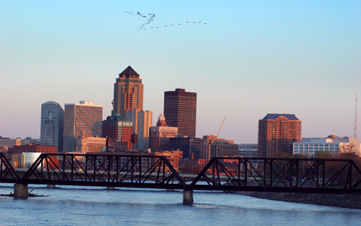
Best City for Families: #1 Des Moines, Iowa
Population (metro area): 569,633
Unemployment rate: 5.0%
Cost-of-living index: 91.3
Median household income: $57,185
Student-teacher ratio: 14.5
A low unemployment rate, high-paying financial-services jobs and below-average housing costs allow Des Moines residents to enjoy a standard of living that\'s the envy of their friends in larger cities. Families can easily find a four-bedroom home with an attached garage in the $200,000 range.
Most families don\'t need to shell out extra money to pay for private schools. Des Moines\' public schools offer small class sizes, and Iowa\'s test scores are above average. Rush hour is blissfully brief, an attribute highly valued by busy parents.
The city and suburbs are connected by more than 300 miles of bike and walking trails. In the summer, families can take in a minor league baseball game at Principal Park, home to the Triple-A Iowa Cubs. Brenton Skating Plaza, part of the 1.2-mile Principal Riverwalk that is scheduled for completion this year, is a popular wintertime destination.
SEE OUR COMPLETE LIST: Best Cities for Families
YOUR TAKE: Share your favorite photos and tell us why you love your city.
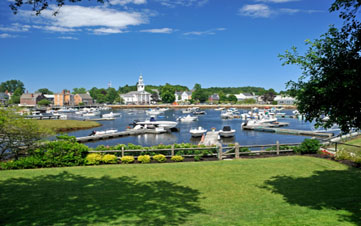
Best City for Families: Manchester-Nashua, N.H. (Runner-Up)
Population (metro area): 400,721
Unemployment rate: 4.8%
Cost-of-living index: 119.9
Median household income: $68,513
Student-teacher ratio: 13.8
Set along the Merrimack River amid a classic New England landscape, these two former mill towns and surrounding communities are both affordable and livable. Although the median home price (about $195,000) exceeds the national median, so does the median income. New Hampshire residents pay high property taxes but no state income tax or sales tax. Families with school-age children tend to gravitate to nearby towns such as Bedford, Amherst and Hollis, where the schools outperform those in Manchester and Nashua.
Local event calendars are chock-full of family-friendly activities, including minor league baseball and hockey, as well as hands-on activities at the SEE Science Center and the Currier Museum of Art. Residents are within an hour\'s drive of the ocean, White Mountains and lakes region.
Workers enjoy a brief commute, while those who work in Boston pay for their New Hampshire lifestyle in driving time and Massachusetts state income tax. A first-rate regional airport with lots of direct flights to major cities is a boon for parents who travel for business.
SEE OUR COMPLETE LIST: Best Cities for Families
YOUR TAKE: Share your favorite photos and tell us why you love your city.
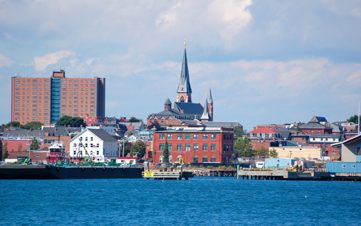
Best City for Second Acts: #1 Portland, Maine
Population (metro area): 514,098
Unemployment rate: 6.4%
Cost-of-living index: 113.1
Median household income: $54,431
Restaurants per 100,000 people: 263
Portland\'s lively arts scene, highly skilled workforce and inventive cuisine, along with a low crime rate and high-quality medical facilities, are drawing professionals who are making their home base here and telecommuting or flying to their jobs. The cost of living is slightly higher than the national average, but compared with big-city prices, housing is affordable. Newly built two-bedroom condos on the eastern side of downtown sell for $360,000.
Downtown Portland offers boutiques, art galleries and restaurants along cobblestone streets. The arts district includes a symphony, ballet, an opera company, a theater and the Portland Museum of Art. Portland\'s renowned food scene offers everything from hardwood-cooked game to its famed steamed lobster.
Portland has its challenges. Homelessness is up (a task force is addressing the problem), and winters are long and cold. Locals either wait them out in warmer climates, head north to ski, or pop in to one of the many restaurants for a hot bowl of chowder.
SEE OUR COMPLETE LIST: Best Cities for Your Second Act
YOUR TAKE: Share your favorite photos and tell us why you love your city.
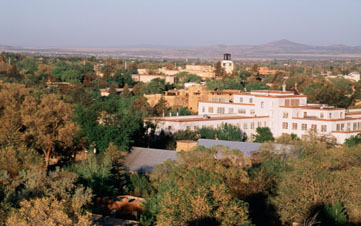
Best City for Second Acts: Santa Fe, N.M. (Runner-Up)
Population (metro area): 144,170
Unemployment rate: 4.6%
Cost-of-living index: NA
Median household income: $52,923
Restaurants per 100,000 people: 226
Santa Fe is an oasis in the Southwest desert—and not just for its climate. As the capital of New Mexico and the closest city to the Los Alamos National Laboratory, Santa Fe has long enjoyed low unemployment and an abundance of high-paying, highly skilled jobs. Research and technology employ thousands here, as do the hospitality industry, the regional medical center and the region\'s thriving arts community.
In fact, with a renowned opera and some 240 galleries, Santa Fe ranks among the largest art markets in the country. The city boasts four art districts, ranging from the high-end jewelry shops around its 400-year-old adobe plaza to the two-mile stretch of Spanish farmhouses, restaurants and galleries on Canyon Road. These amenities don\'t come cheap, and the median home price is about $210,000 above the national average. Still, the area\'s strong economy, vibrant art scene and picture-perfect scenery continue to draw tourists and transplants alike.
SEE OUR COMPLETE LIST: Best Cities for Your Second Act
YOUR TAKE: Share your favorite photos and tell us why you love your city.
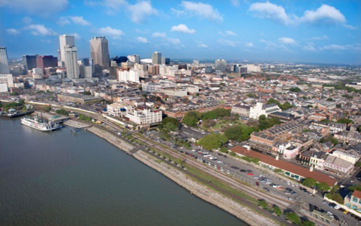
Best City for Retirees: #1 New Orleans
Population (metro area): 1,167,764
Unemployment rate: 7.2%
Cost-of-living index: 95.7
Median household income: $47,188
Doctors per 100,000 people: 136
Seven years after the monster hurricane and levee breaches, N\'awlins has bounced back. The rebounding population has helped spawn a building boom of newly constructed and refurbished homes, as well as new infrastructure.
Retirees and people on the brink of retirement are finding a lot to like here. New Orleans has affordable health care and a mild climate (notwithstanding the occasional hurricane). The state offers tax breaks to retirees: Social Security and federal government and military retirement benefits are tax-free, and property taxes are low. Although warring gangs keep the murder rate high, burglaries and thefts track close to the national average.
Some retirees are gravitating to nearby Metairie and the north shore of Lake Pontchartrain. No matter where you live, you will still want to stroll the streets of the French Quarter. Besides jazz and blues played by gifted street musicians, you’re likely to find a festival going on. World-renowned restaurants include Galatoire\'s (for French Creole), Cochon (for Cajun) and Acme Oyster House (for the oysters, crawfish and po\' boys).
SEE OUR COMPLETE LIST: Best Cities for Retirees
YOUR TAKE: Share your favorite photos and tell us why you love your city.
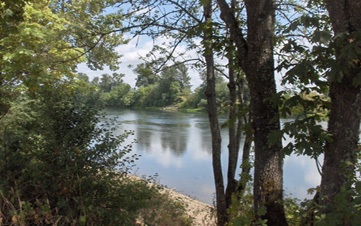
Best City for Retirees: Corvallis, Ore. (Runner-Up)
Population (metro area): 85,579
Unemployment rate: 5.7%
Cost-of-living index: NA
Median household income: $46,652
Doctors per 100,000 people: 129
This small city offers plenty of ways to stay engaged and fit into retirement. Residents can take advantage of a wealth of cultural and educational activities at Oregon State University, in the heart of town, or hit the bike trails along the Willamette River. The Cascade Mountains are within a two-hour drive, and the Oregon Coast is an hour away.
For medical care, Good Samaritan Regional Medical Center provides treatment in dozens of specialties, including cancer care and cardiovascular surgery. Retirees who are living on a fixed income will appreciate the fact that Oregon doesn\'t have a sales tax. Housing is tight, primarily due to demand from students and faculty at Oregon State. Single-family homes run in the $250,000 range.
The temperature in Corvallis rarely gets above the mid 80s in summer, and winters are mild. Bring your umbrella, though: Corvallis has an average of 149 rainy days a year.
SEE OUR COMPLETE LIST: Best Cities for Retirees
YOUR TAKE: Share your favorite photos and tell us why you love your city.

Profit and prosper with the best of Kiplinger's advice on investing, taxes, retirement, personal finance and much more. Delivered daily. Enter your email in the box and click Sign Me Up.
-
 Stocks Keep Climbing as Fed Meeting Nears: Stock Market Today
Stocks Keep Climbing as Fed Meeting Nears: Stock Market TodayA stale inflation report and improving consumer sentiment did little to shift expectations for a rate cut next week.
-
 Your End of Year Insurance Coverage Review Checklist
Your End of Year Insurance Coverage Review ChecklistStop paying for insurance you don't need and close coverage gaps you didn't know about with this year-end insurance review.
-
 Crypto Trends to Watch in 2026
Crypto Trends to Watch in 2026Cryptocurrency is still less than 20 years old, but it remains a fast-moving (and also maturing) market. Here are the crypto trends to watch for in 2026.
-
 What to Do With Your Tax Refund: 6 Ways to Bring Growth
What to Do With Your Tax Refund: 6 Ways to Bring GrowthUse your 2024 tax refund to boost short-term or long-term financial goals by putting it in one of these six places.
-
 What Does Medicare Not Cover? Eight Things You Should Know
What Does Medicare Not Cover? Eight Things You Should KnowMedicare Part A and Part B leave gaps in your healthcare coverage. But Medicare Advantage has problems, too.
-
 12 Great Places to Retire in the Midwest
12 Great Places to Retire in the MidwestPlaces to live Here are our retirement picks in the 12 midwestern states.
-
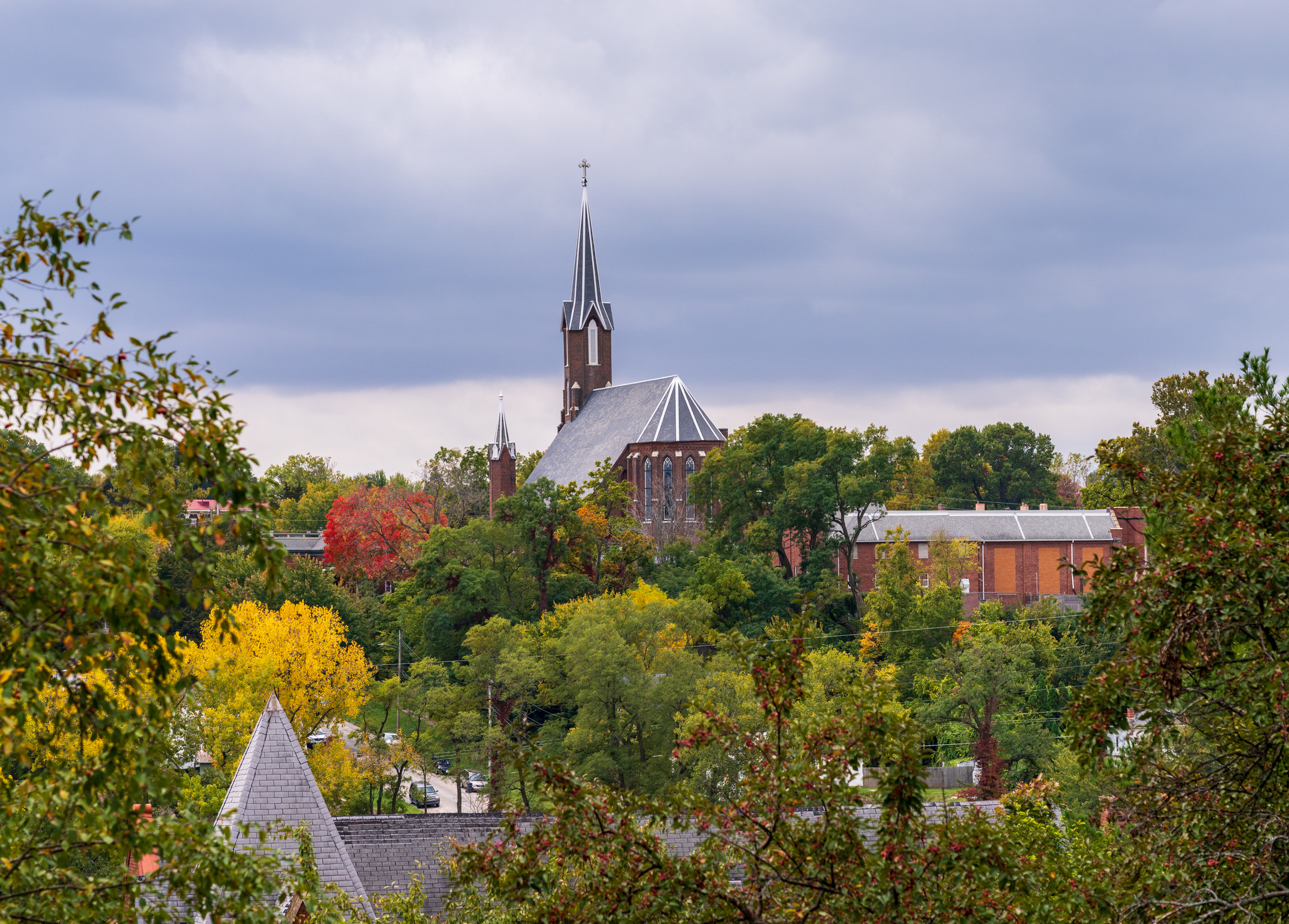 15 Cheapest Small Towns to Live In
15 Cheapest Small Towns to Live InThe cheapest small towns might not be for everyone, but their charms can make them the best places to live for plenty of folks.
-
 Best Cold Weather Places to Retire
Best Cold Weather Places to RetirePlaces to live Some like it hot; others, not so much. Here are the 12 best places to retire if you can't stand the heat.
-
 15 Reasons You'll Regret an RV in Retirement
15 Reasons You'll Regret an RV in RetirementMaking Your Money Last Here's why you might regret an RV in retirement. RV-savvy retirees talk about the downsides of spending retirement in a motorhome, travel trailer, fifth wheel, or other recreational vehicle.
-
 The 24 Cheapest Places To Retire in the US
The 24 Cheapest Places To Retire in the USWhen you're trying to balance a fixed income with an enjoyable retirement, the cost of living is a crucial factor to consider. Is your city the best?
-
 The Six Best Places to Retire in New England
The Six Best Places to Retire in New Englandplaces to live Thinking about a move to New England for retirement? Here are the best places to land for quality of life, affordability and other criteria.
